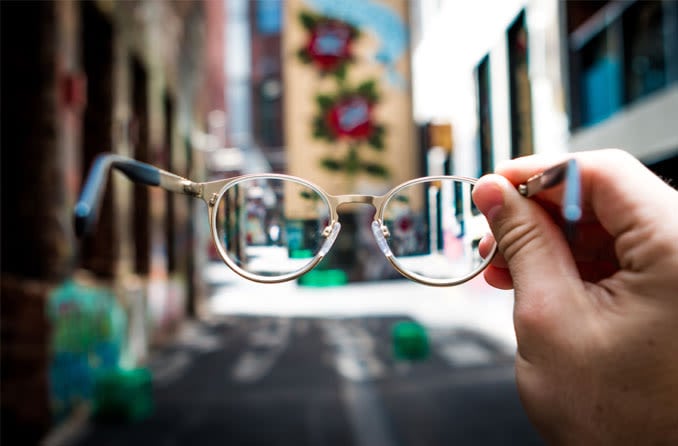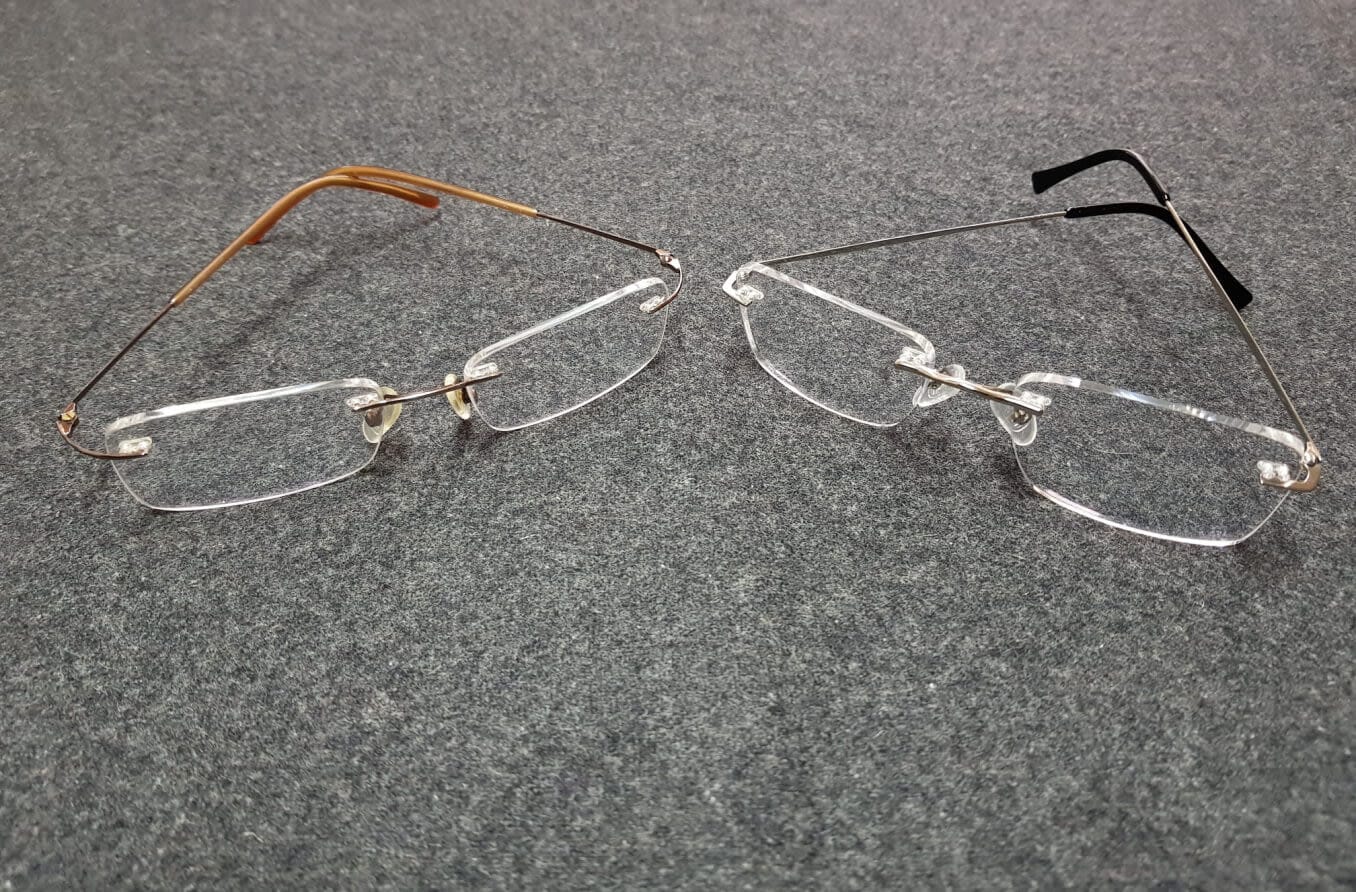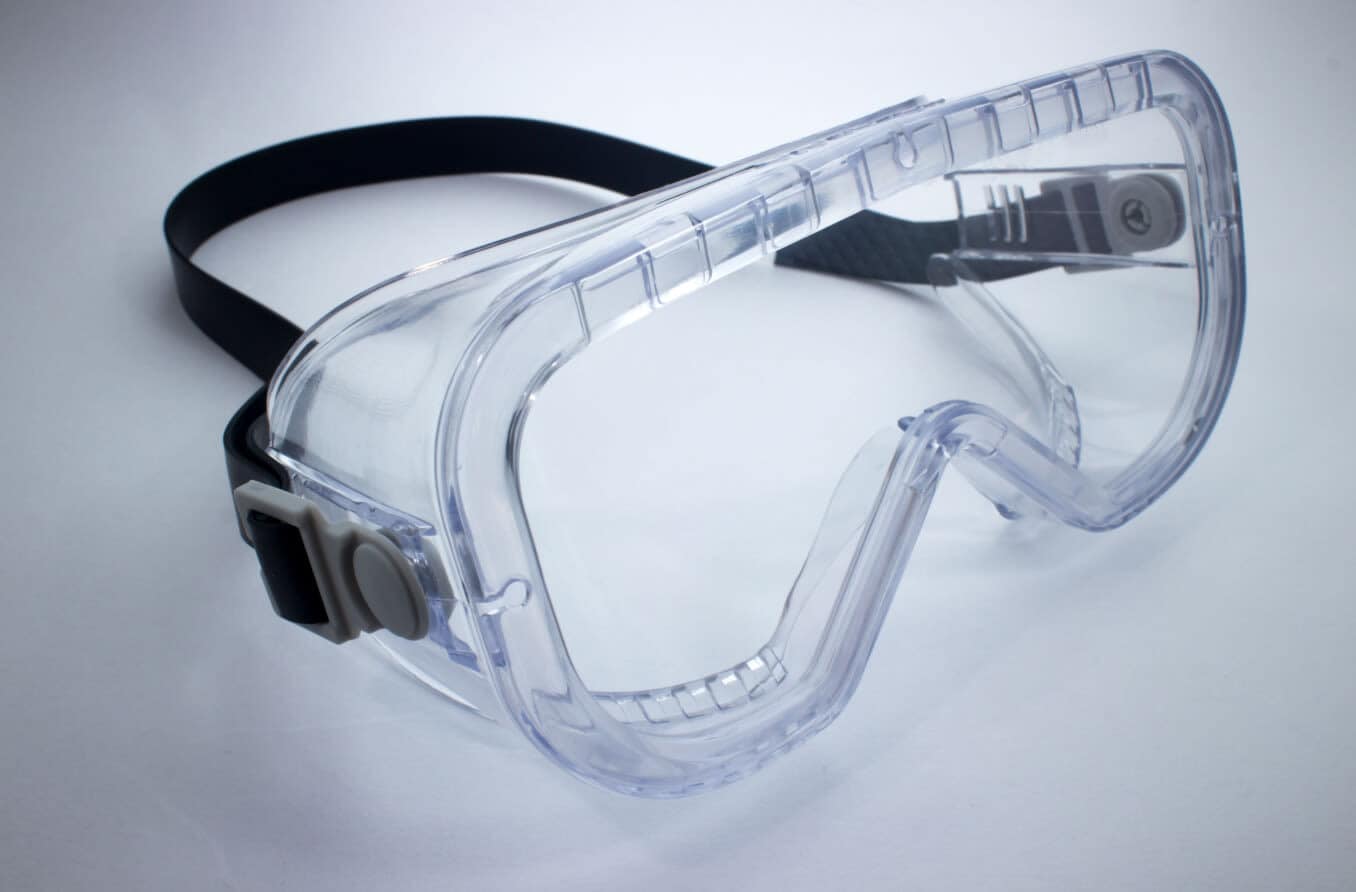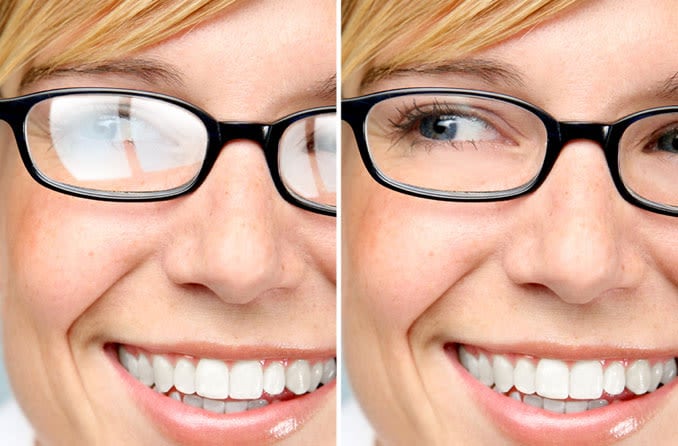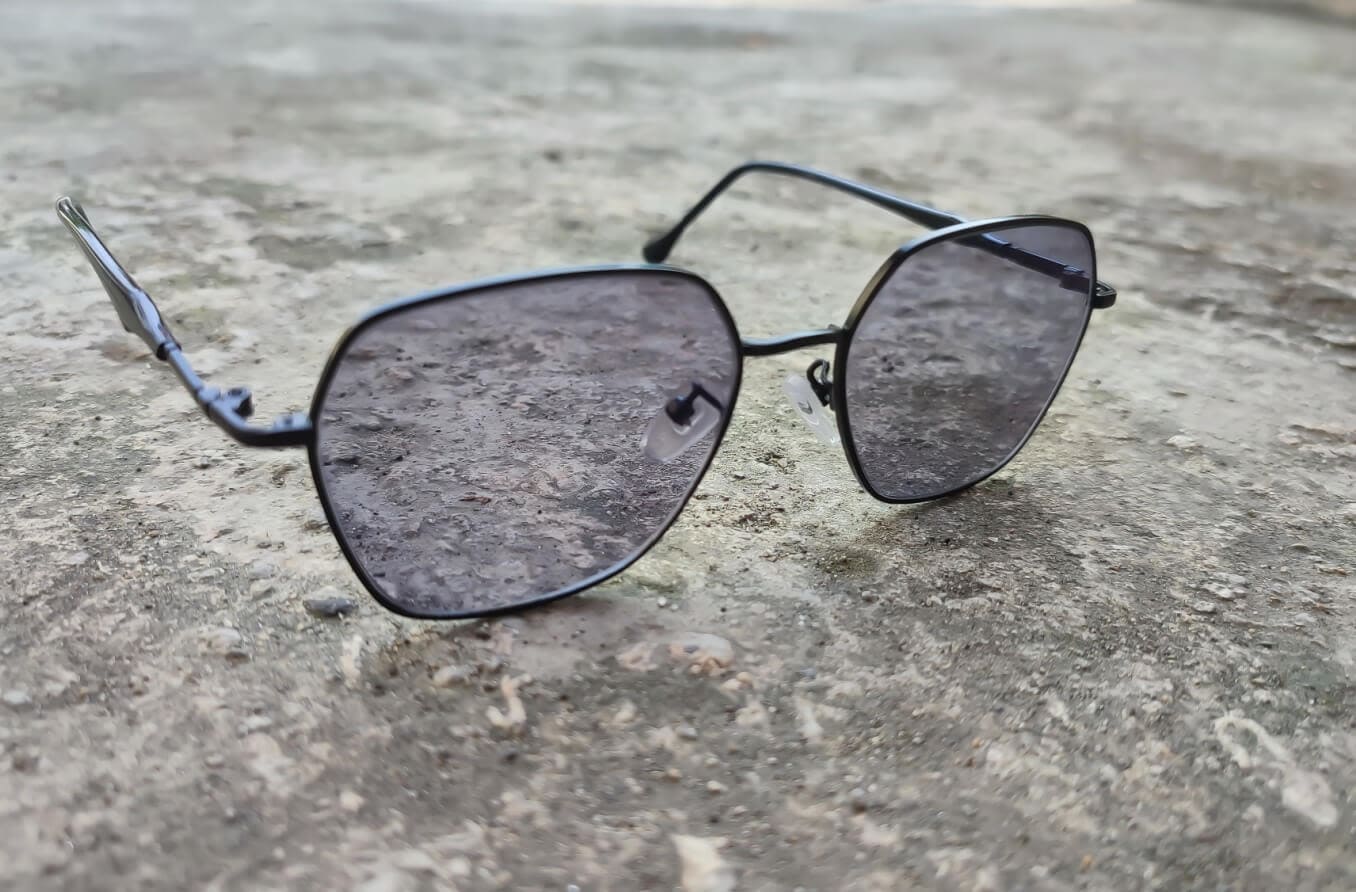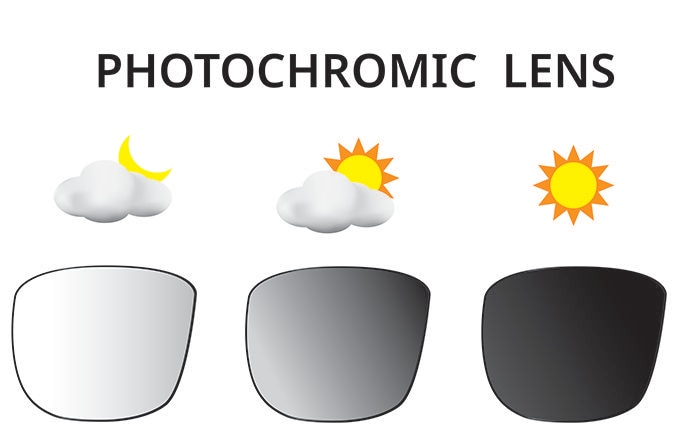What are high-index lenses?
High-index lenses are eyeglass lenses that bend ( refract) light more efficiently than regular glass or plastic lenses. This is due to the lens material having a higher index of refraction than regular glass or plastic lenses. Lens materials that have a higher index of refraction produce thinner glasses.
So, if you want the thin, attractive eyeglasses, choose lenses made of a material that has a high index of refraction (or refractive index). Generally, the higher the refractive index of the lenses, the thinner your glasses will be.
High-index lenses are especially helpful if you have a strong eyeglass prescription for nearsightedness, farsightedness or astigmatism. The difference high-index lenses make in turning thick glasses to thin glasses can be quite dramatic if you have a strong prescription.
Lens index range
The refractive index of eyeglass lenses ranges from about 1.50 to 1.80. Lens materials on the lower end of this range will make your glasses thicker. Materials on the high end of the range produce thinner glasses. The difference will be more noticeable the more nearsightedness or farsightedness you have.
Lens materials that have a refractive index higher than standard CR39 plastic (1.50) and regular glass (1.52) are considered high-index lenses. But some high-index lenses are much thinner than others.
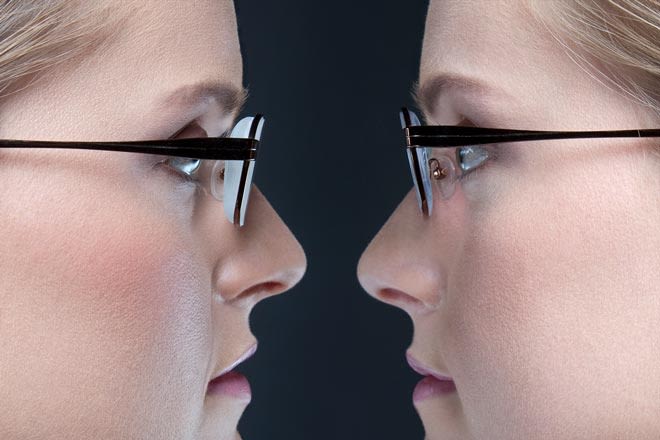
The difference a high-index lens material can make: the same correction for nearsightedness in regular plastic lenses (left) vs. high-index lenses (right). Images: Essilor
Here's a list of the most common lens materials used for eyeglasses. The materials are listed in order from low refractive index (thick lenses) to high refractive index (thin lenses):
- CR39 (standard) plastic — 1.50
- Crown (standard) glass — 1.52
- Trivex — 1.53
- Mid-index plastic — 1.54 to 1.56
- Poycarbonate — 1.59
- 1.60 high-index plastic — 1.60
- 1.67 high index plastic — 1.67
- 1.74 high-index plastic — 1.74
How much thinner are high-index lenses?
How much thinner your glasses will be with high-index lenses depends on several factors:
- Your lens prescription
- The lens index
- The design of the lens
- The size and shape of your frames
You can't change your lens prescription — it is what it is. (Unless you choose vision correction surgery like LASIK.)
But you can make choices regarding the other factors above to make your glasses as thin as possible. For the thinnest, most attractive glasses:
- Choose a lens material with a refractive index greater than 1.60. The higher the index of refraction, the thinner your lenses will be. Lenses with a refractive index of 1.67 and higher can be less than half the thickness of regular plastic lenses. On the other hand, polycarbonate lenses (index 1.59) might be only 20% thinner than regular plastic lenses.
- Choose high-index lenses with an aspheric design. Aspheric lenses are made with flatter curves and have a noticeably slimmer profile than regular plastic lenses.
- Choose a smaller frame. The smaller the frame, the thinner your high-index lenses will be. Also, make sure your pupils are as close to the center of the lens opening in the frame as possible. This, too, will reduce lens thickness.
How much lighter are high-index lenses?
The weight of high-index lenses depends on a factor called the specific gravity of the lens material. Basically, this is a measure of how dense the material is.
Some high-index lenses may be thinner than other lenses (due to their higher index of refraction) and yet might be heavier than thicker lenses (if they are made of a material with a much higher specific gravity.
Generally, if you want the lightest glasses possible choose a lens material with a high index of refraction and a low specific gravity. Good options here are:
- 1.67 high-index plastic lenses
- 1.71 high-index plastic lenses
- 1.74 high-index plastic lenses
These lenses can be less than half the weight of regular glass lenses and 25% to 30% lighter than regular plastic lenses.
Trivex has the lowest specific gravity of popular eyeglass lens materials. This makes Trivex lenses very lightweight and comfortable Though Trivex lenses (index 1.53) may be only 10% thinner than regular plastic lenses, they can be up to 30% lighter.
Cost of high-index lenses
Generally speaking, the higher the index of refraction of a lens material, the higher the cost.
It's not unusual for 1.67 high-index lenses and 1.74 high-index lenses to cost 3x to 4x the price of standard plastic or glass lenses.
See a professional optician to discuss your specific need and which types of high-index lenses are available to fit your budget.
AR coating: Essential for high-index lenses
All lens materials block some light from passing through the lens. This light reflects back from the lens surface, causing distractions and reducing the clarity of night vision.
Conventional glass or plastic lenses reflect about 8% of light that otherwise would reach the eye. High-index lenses can reflect up to 50% more light than regular glass or plastic lenses.
Because of this greater reflectivity, it's essential to have an anti-reflective lens coating (AR coating) applied to high-index lenses. AR-coated high-index lenses transmit up to 99.5% of light to the eye for optimum vision.
And because AR coating virtually eliminates lens reflections, it makes high-index lenses look nearly invisible. Others see your eyes, not distracting reflections in your lenses.
Also, high-index lenses with AR coating can give you sharper night vision than uncoated lenses — a real advantage for night drivers.
SEE ALSO: Night driving glasses: Help or hoax?

